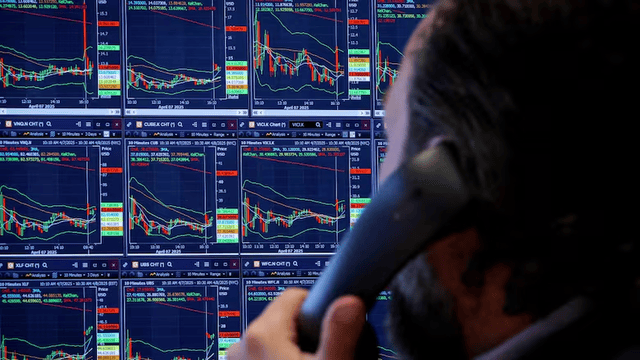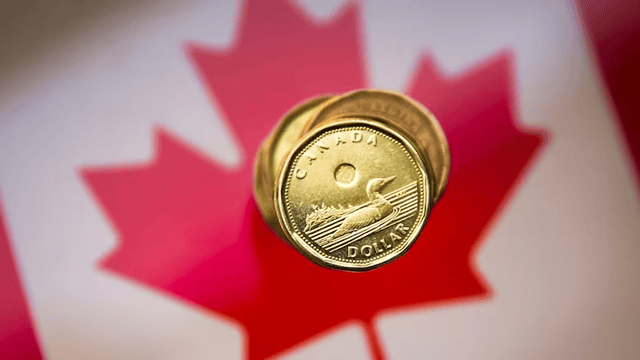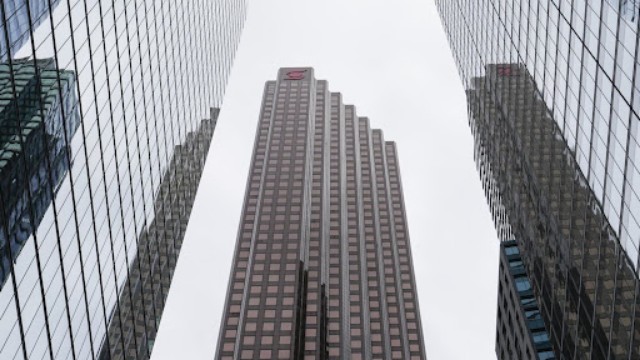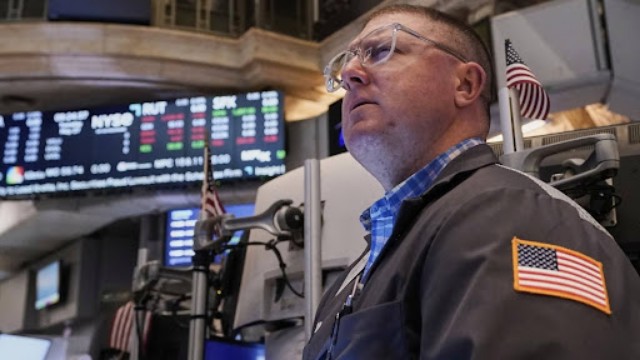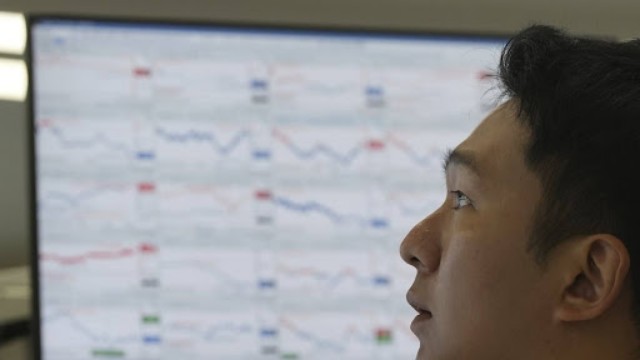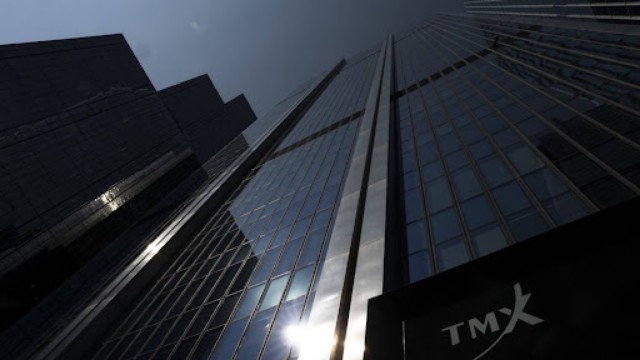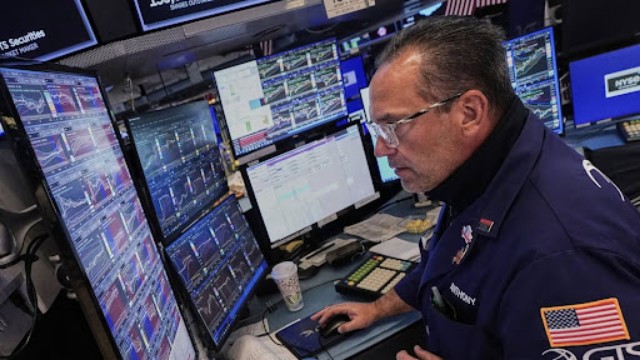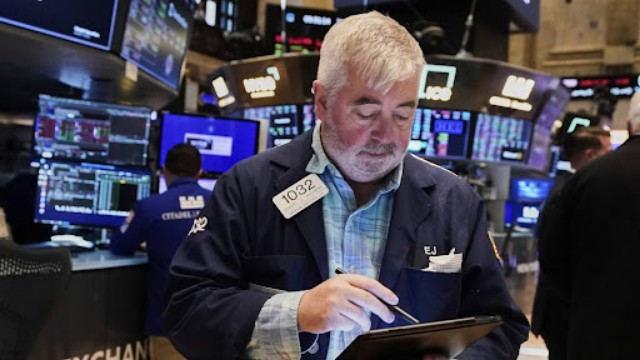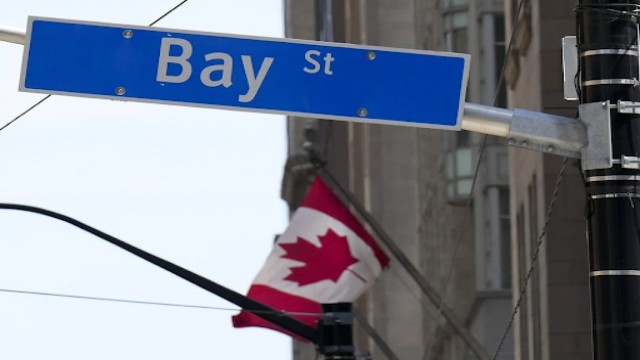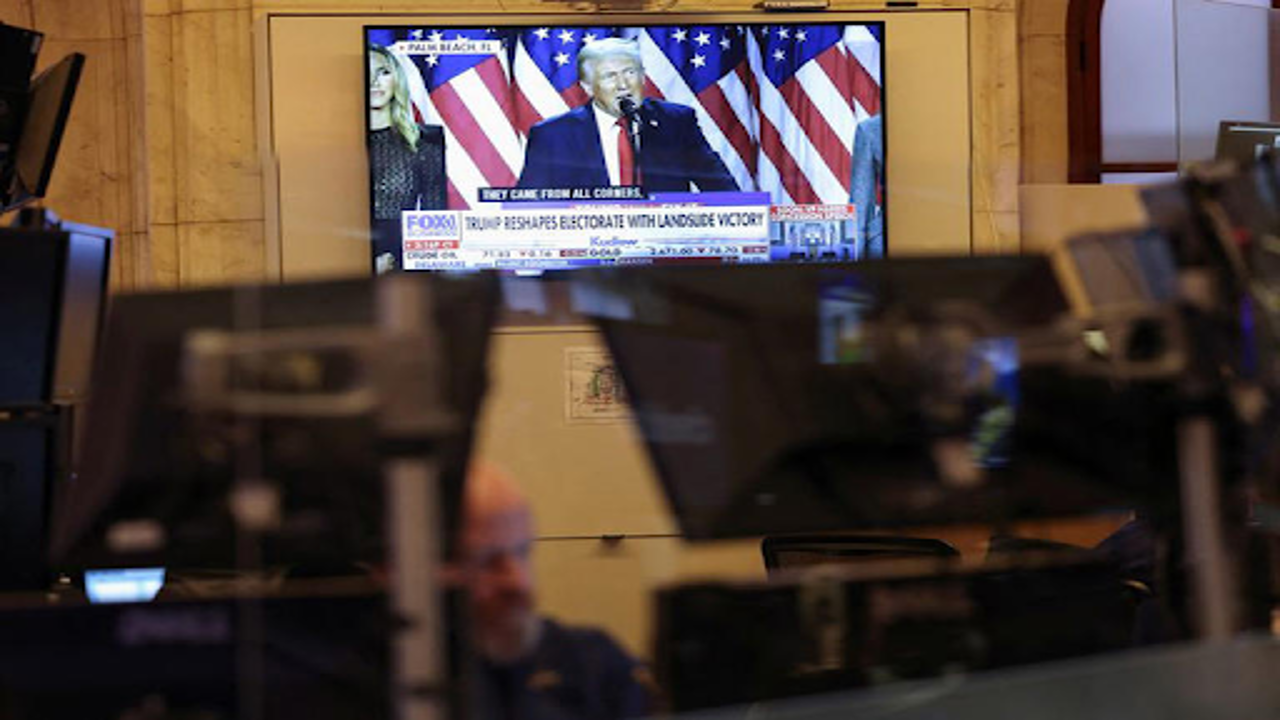
US Stock Market Rally Stumbles Amid Trump Impact; Traders at Work on NYSE Floor
The stock market rally that followed Donald Trump’s election win is starting to show signs of strain as new challenges emerge. Last week, the S&P 500 dropped by 2%, wiping out more than half of its post-election surge gains. Initially, investor enthusiasm was driven by the hope of Trump’s pro-business policies, but lately, concerns have dampened this optimism.
Despite the S&P 500 remaining near record levels with a 23% rise this year, recent events have cooled investor confidence. Anticipation that Trump’s policies might ignite inflation and complicate further interest rate cuts has pushed the benchmark 10-year Treasury yield to its highest level in over five months. Rising yields, which make borrowing more expensive and compete with stocks for investment appeal, could spell trouble for equities if they continue climbing.
Stocks related to the pharmaceutical sector and government contractors have also been hit, as Trump’s cabinet picks and his stance on cutting down bureaucratic waste raise questions. Investors are left wondering when and how Trump’s promises will be turned into action, casting a shadow of uncertainty.
Paul Nolte, a senior strategist at Murphy & Sylvest Wealth Management, expressed doubt, noting that markets had rushed to embrace the positive aspects of Trump’s policies without factoring in potential complications. A Trump spokesperson did not provide comments.
Trump has touted that his trade policies, which propose hefty tariffs on imports from countries including China and European allies, would strengthen domestic industries and provide the revenue needed to address the national deficit and inflation fears.
Rising yields have emerged as a key worry, as they impact the cost of financing for businesses and consumers alike. The 10-year Treasury yield, which generally matches interest rate expectations, has jumped approximately 90 basis points since September. This rise reflects diminishing expectations of deep interest rate cuts from the Federal Reserve, as robust economic conditions could trigger inflation.
Until recently, the market had been able to withstand higher yields due to strong economic data. However, many of Trump’s policy proposals, such as tax reductions and tariffs, are viewed as inflationary. The yield touched 4.5% on Friday before settling back down.
Irene Tunkel, a chief equity strategist at BCA Research, pointed out that if yields continue to rise without a clear limit, it could create a tighter economic environment, making stocks less appealing. Fed Chair Jerome Powell recently suggested that there was no rush to lower rates further, citing solid growth and inflation above the 2% target. This has impacted stocks negatively while pushing bond yields higher.
The equity risk premium, measuring the difference between stock earnings yield and Treasury yield, has dropped to its lowest since 2002, noted Keith Lerner of Truist Advisory Services.
Uncertainty also surrounds Trump’s policy execution timeline. Shares of Pfizer and Moderna fell when Trump selected vaccine skeptic Robert F. Kennedy Jr. to lead the Department of Health and Human Services. Defence and government contractor stocks dropped after Elon Musk was appointed to lead a government efficiency initiative, adding to investor unease.
Some investors are opting to “sell first, ask questions later,” said King Lip from BakerAvenue Wealth Management. BofA Global Research analysts warn that economic growth could face major swings depending on Trump’s policy focus. While deregulation could boost growth, aggressive tariffs could lead to a trade war and recession.
Nonetheless, optimism persists due to strong corporate earnings and the historical trend of stock gains at the end of presidential election years. The S&P 500 typically rises in the last two months of such years, offering hope amid the current volatility.




